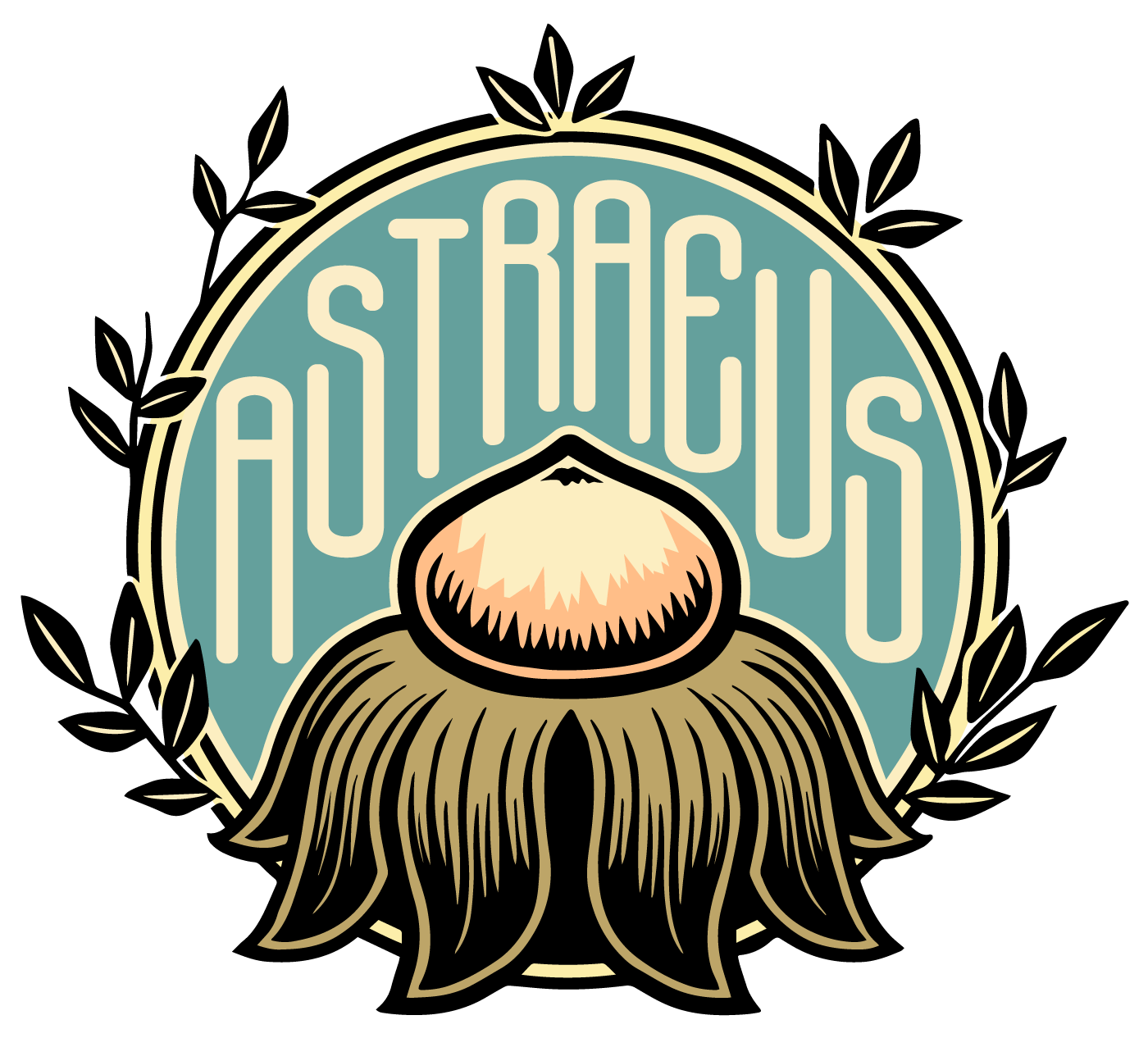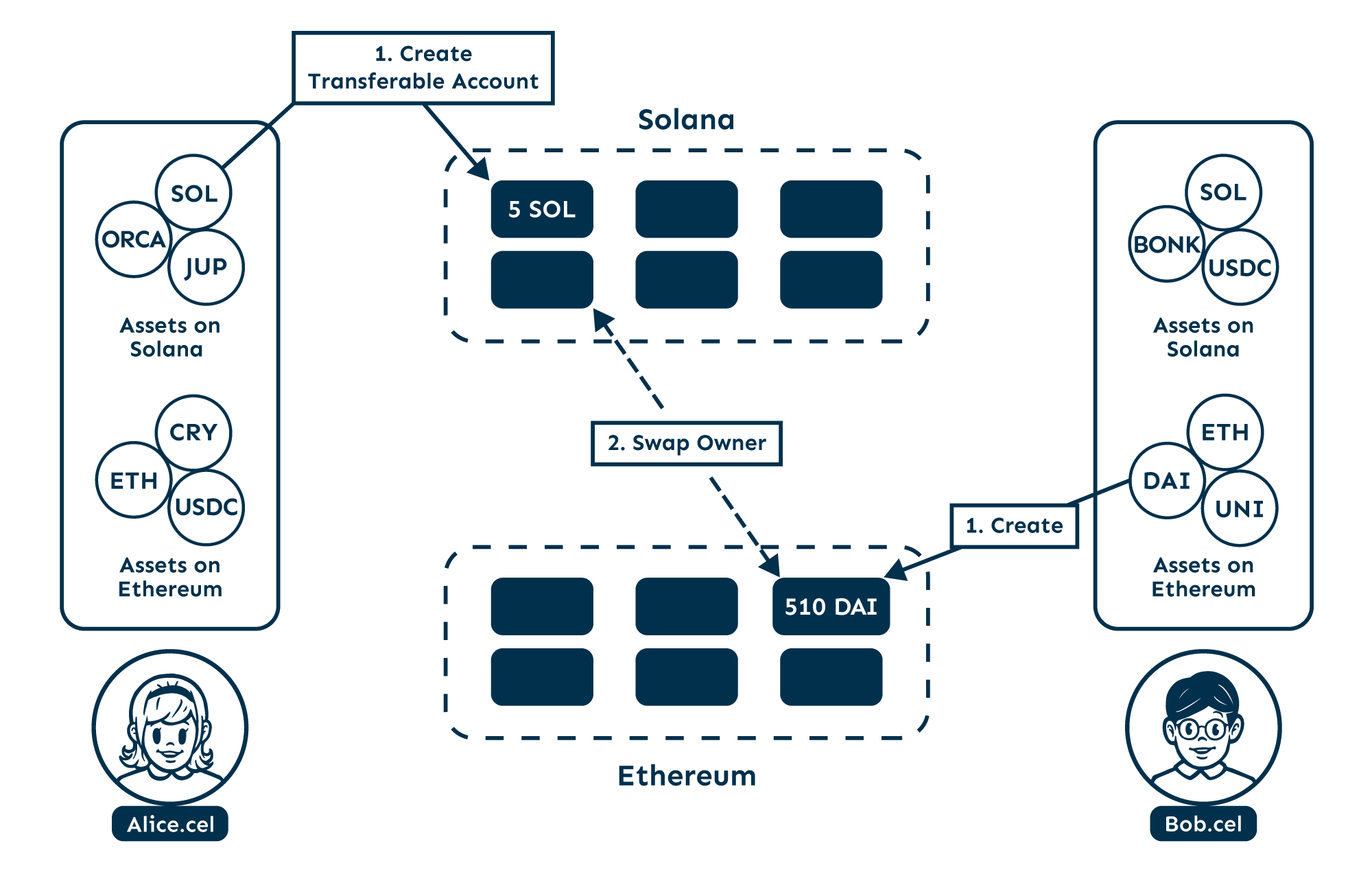Mycel Blog

Leveraging Account-Based Swaps for Scalable Multi-Asset Flexibility
In this document, we explore the architecture, mechanisms, and advantages of account transfer as a generalized solution for cross-domain asset swapping, highlighting how it addresses key challenges in today’s blockchain ecosystem.

Introducing Astraeus: A New Era of Cross-Chain Asset Transfers with Mycel
The Astraeus release represents the first public demonstration of Mycel's capabilities, laying the groundwork for a decentralized infrastructure that facilitates secure and frictionless cross-chain asset transfers.

Introduction to Transferable Account
As of 2024, with the emergence of Layer 2 solutions and various blockchains, users are required to maintain accounts for each environment, making management increasingly difficult year by year. By using Mycel’s Transferable Account, users can manage their assets across various platforms safely and efficiently. In this article, we will explain what Transferable Accounts are in detail, and how they are designed to ensure the security of users’ assets.